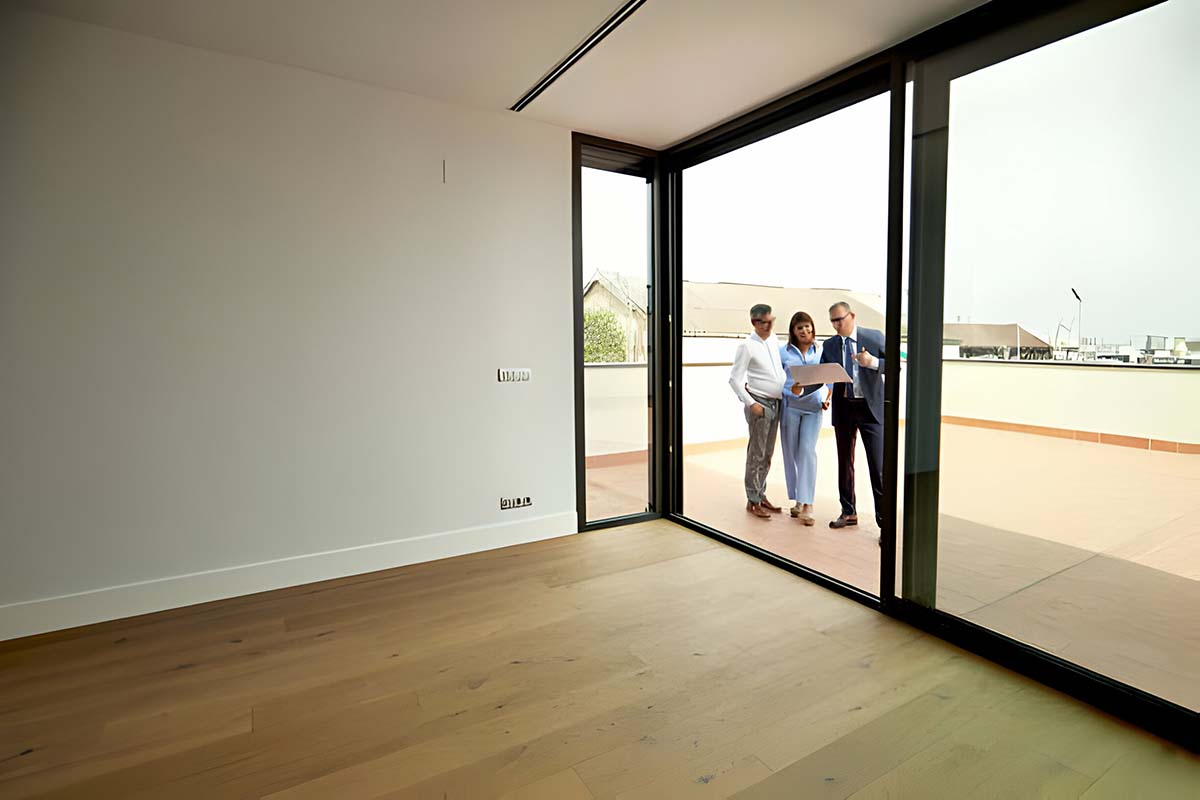Investing in real estate is akin to planting a garden. You can either nurture it over time, enjoying the fruits (or rental income) season after season, or you can revitalise the soil and plants quickly, selling them off for immediate profit. So, which approach is better for you: the patient cultivation of buy and hold, or the swift turnover of flipping properties? Both have benefits and drawbacks. Let’s break it down in simple terms, avoiding the thick jargon that often clouds real estate talk.

Understanding Buy and Hold Real Estate
Buy and hold real estate is a marathon, not a sprint. It’s about investing in property with the intention to hold onto it for several years, if not decades. This strategy relies on property appreciation over time and the steady income generated from renting out the property.
For investors interested in this approach, especially in specific markets like Fontana, CA, it’s crucial to partner with experienced realtors who understand the local dynamics and can guide you to the best investments. If you’re looking for realtors in Fontana, CA, check the website FastExpert. They specialise in long-term investment opportunities and can be a great starting point. They offer a comprehensive listing of professionals with the expertise needed to navigate the complexities of the buy and hold market, ensuring you make informed decisions that align with your financial goals.
The Allure of Flipping Properties
The allure of flipping properties lies in the thrill of transformation and the potential for rapid financial gain. This strategy attracts those who are drawn to the idea of taking a neglected property and turning it into a desirable home, all within a relatively short timeframe. Flippers get to exercise their creativity and project management skills, making swift decisions on renovations that will maximise the property’s market value.
The financial rewards can be substantial, as successful flips often result in significant profits upon sale, reflecting the value added through improvements. However, this high-reward approach also comes with its share of risks, including unforeseen renovation costs or shifts in the housing market. Despite these challenges, the opportunity to quickly turn investments into profit continues to draw many to the flipping side of real estate.
Pros and Cons: Buy and Hold
The buy and hold strategy in real estate investment offers a mix of potential rewards and challenges that appeal to those looking for long-term growth. On the pro side, this approach can provide a steady stream of passive income through rentals, making it an attractive option for investors seeking to build wealth over time.
Additionally, properties typically appreciate in value, offering the possibility of significant capital gains when eventually sold. This strategy also offers certain tax advantages, such as deductions for mortgage interest, property taxes, and maintenance expenses, which can improve the overall profitability of the investment.
However, buy and hold is not without its cons. Property management can become a burden, requiring ongoing attention to maintenance issues, tenant management, and the various legalities associated with being a landlord. Moreover, real estate markets can fluctuate, and long-term holdings are subject to periods of depreciation, which can affect both rental income and property value.
Lastly, real estate is not a liquid asset; selling a property can take time, potentially complicating situations where quick access to capital is needed. Despite these challenges, for those with the patience and resilience to navigate the ups and downs, buy and hold real estate investing can be a rewarding path to financial growth.

Pros and Cons: Flipping
Flipping properties is a real estate investment strategy that can offer fast-paced excitement and the potential for significant short-term profits. One of the primary advantages is the ability to quickly generate income through the purchase, renovation, and resale of properties within a short timeframe. This strategy allows investors to capitalise on market inefficiencies and property undervaluations by adding value through improvements.
Flipping can be a highly rewarding venture for those with a keen eye for potential and the skills to manage renovations effectively, offering a tangible sense of accomplishment as derelict properties are transformed into desirable homes.
However, the cons of flipping are notable and primarily revolve around risk and resource intensity. The costs associated with purchasing, renovating, and selling properties can escalate quickly, especially if unexpected issues arise during the renovation process, which can erode profit margins. Flipping also exposes investors to market volatility; a downturn can leave flippers with properties they cannot sell without incurring losses. Furthermore, flipping requires a significant amount of time, energy, and expertise in both renovation and real estate market dynamics, making it less suitable for those looking for passive investment opportunities.
The tax implications of flipping, typically treated as ordinary income, can also be less favorable compared to long-term investment strategies. Balancing these risks and rewards is crucial for anyone considering flipping properties as an investment strategy.
Time and Effort
The amount of time and effort required to succeed in real estate investing varies significantly between buy and hold and flipping strategies. Buy and hold investors must be prepared for the long haul, focusing on property management, tenant relations, and regular maintenance to ensure their investment remains profitable over years, if not decades. This strategy demands consistent attention but typically does not require the intensive day-to-day involvement that flipping does.
Flipping, on the other hand, is a much more hands-on investment strategy that demands a considerable amount of time, effort, and expertise in a condensed period. Flippers must manage the entire process of purchasing, renovating, and selling a property, often under tight deadlines to maximise profits and minimise holding costs. This includes not only the physical renovation work but also market research, property search, financial analysis, and sales strategy. The process can be full of unexpected challenges, requiring flippers to be adaptable, knowledgeable, and ready to solve problems quickly.
Both approaches require dedication and a willingness to invest personal time and effort, but the nature of that investment is markedly different. While buy and hold offers a more gradual, steady path to wealth accumulation, flipping provides an accelerated, though riskier, route to earning potential. Investors must weigh these factors carefully against their personal preferences, skills, and lifestyle when choosing the path that best suits their real estate investment goals.
Market Conditions
Understanding market conditions is crucial for real estate investors, whether they’re buying to hold or flipping properties. Market conditions can dramatically influence the value of properties, the demand for rentals, and the speed at which a flipped property can be sold. In areas like Santa Clarita, CA, where the real estate market might fluctuate due to various factors such as economic growth, interest rates, and local employment rates, having access to knowledgeable professionals can make a significant difference.
FastExpert realtors in Santa Clarita, CA, can provide invaluable insights into these local market conditions, helping investors make informed decisions. These realtors have their fingers on the pulse of the local market, understanding trends, pricing strategies, and buyer behaviors. This expertise is particularly beneficial for flippers, who need to time their investments and sales to align with favourable market conditions to maximise profits.
Similarly, buy and hold investors benefit from understanding long-term trends to ensure their investment appreciates over time and continues to generate competitive rental income. In either strategy, the ability to navigate and adapt to market conditions with the help of seasoned professionals like FastExpert realtors in Santa Clarita, CA, can significantly impact the success of real estate investments.
Conclusion
Deciding between buy and hold or flipping properties in real estate investment hinges on individual preferences, risk tolerance, time commitment, and financial goals. Both strategies offer unique advantages and challenges, with the potential for significant returns when executed with diligence and strategic insight. Ultimately, the choice should align with your investment style, resources, and the level of involvement you’re prepared to commit.
Whether you’re drawn to the steady, long-term growth of buy and hold or the fast-paced, hands-on approach of flipping, success in real estate investing requires a deep understanding of the market, a solid strategy, and, often, the guidance of experienced professionals.








